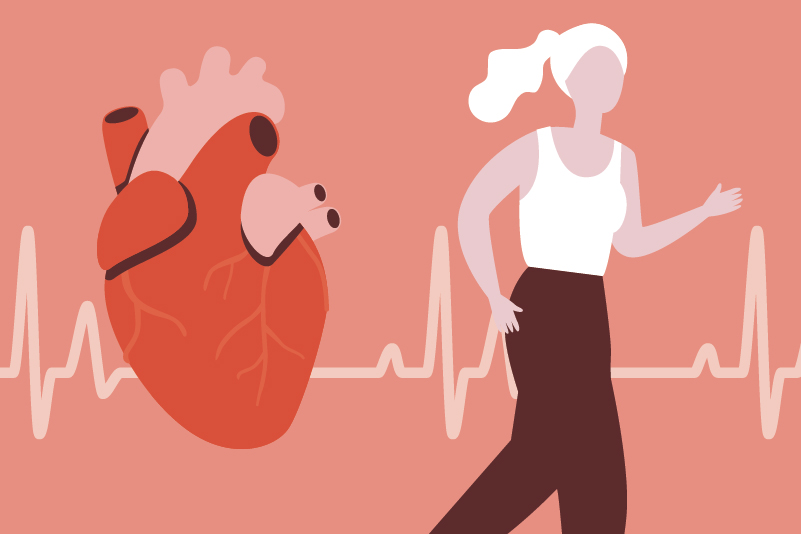#165 Three drugs and still hypertensive: What’s Left?

Reading Tools for Practice Article can earn you MainPro+ Credits
Join NowAlready a CFPCLearn Member? Log in
- Only data on BP (not hard outcomes).
- High-quality cross-over Randomized Controlled Trial (RCT)1 of 348 patients with resistant hypertension. Each patient cycled through six weeks low-dose and six weeks high-dose of spironolactone 25-50 mg, doxazosin 4-8 mg, bisoprolol
5-10 mg, and placebo.
- Over both doses, average reduction in office BP versus placebo: Spironolactone 10/4 mmHg, bisoprolol 5/5 mmHg, or doxazosin 5/3 mmHg.
- High dose decreased systolic BP more than low dose: Spironolactone 5 mmHg, bisoprolol 2 mmHg, or doxazosin 1 mmHg.
- Patients achieving target home systolic BP (<135 mmHg): Spironolactone 58%, bisoprolol 44%, doxazosin 42%, placebo 24%.
- Number Needed to Treat (NNT) versus placebo: Spironolactone NNT=3, bisoprolol or doxazosin NNT=6.
- Serum K >6.0 in 2% of patients with spironolactone.
- Notes: Excluded patients with abnormal serum K or eGFR <45 mL/min.
- Over both doses, average reduction in office BP versus placebo: Spironolactone 10/4 mmHg, bisoprolol 5/5 mmHg, or doxazosin 5/3 mmHg.
- Three systematic reviews2-4 missed studies and pooled inappropriately (heterogeneity ≥90%).
- Five remaining spironolactone (generally 25 mg/day) RCTs (17-167 patients, 4-16 weeks):5-9
- Two smallest trials (Iran and Cameroon) with randomization concerns had largest BP changes (19-21/10-17 mmHg): Likely unreliable.8,9
- Three remaining RCTS: Spironolactone reduced BP 10-16/3-7 mmHg.5-7
- Serum K increases ~0.3-0.4 mmol/L5-9 and ~2% stop due to hyperkalemia (K >5.5 mmol/L).5,7
- High-quality cross-over Randomized Controlled Trial (RCT)1 of 348 patients with resistant hypertension. Each patient cycled through six weeks low-dose and six weeks high-dose of spironolactone 25-50 mg, doxazosin 4-8 mg, bisoprolol
5-10 mg, and placebo.
- Resistant hypertension is defined as office BP >140/90 mmHg while receiving (and adherent to) >3 BP-lowering drugs of different classes at optimal doses.10,11
- Thiazides, ACE/ARB, and dihydropyridine calcium channel blockers all have evidence for reducing cardiovascular endpoints.
- Prevalence of resistant hypertension is likely around 13% or less.12
- Lower baseline potassium may be associated with better response to spironolactone.7,13















Great knowing